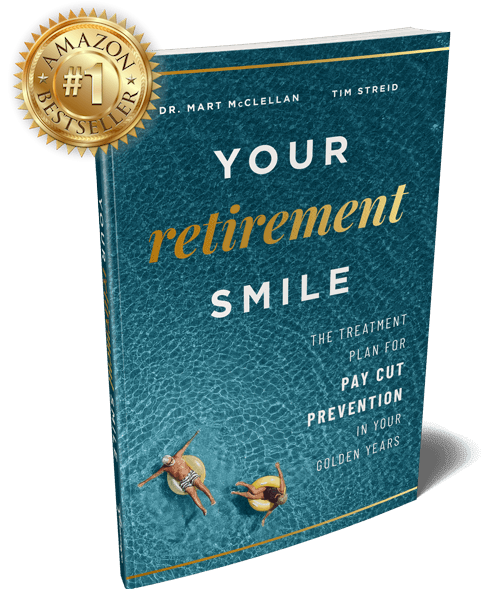Are you prepared to retire at age 65? If you’re like most dentists, the answer to that question is No. In fact, dentists are retiring later than ever before. According to a report from the ADA, leaving their practices at the age of 68.8 on average. That’s almost four additional years of work beyond what we’ve been told is the “normal” age for retirement. Part of this can surely be blamed on the fact that many people aren’t quite prepared financially to retire at 65.
What about you, are you on track to retire at 65? Do you know what return is needed to support your lifestyle? Here’s what to know in order to retire on your schedule.
Don’t Focus Just on Accumulation
Many dentists believe that for successful retirement, it’s necessary to accumulate a huge pile of assets by age 65. That’s why they focus on the first of the three wealth-building phases – accumulation – and ignore the second and third – distribution and conservation.
But we believe this is the wrong way to approach it. These three phases aren’t sequential, but are intertwined throughout life; every decision you make impacts two or possibly all three. That’s why it’s imperative to understand and plan for the distribution and conservation phases during the wealth accumulation years (i.e., while you’re making money in your dental practice). If not, you’ll likely maximize your retirement accounts without understanding exactly why or exactly how you’ll get the money out of those accounts decades later.
The True Difference Between 3% and 8%
To illustrate the importance of distribution, imagine these scenarios. Two dentists are saving money before retirement, both with the same goal of continuing to live on $300,000 a year once they stop working. The first dentist must accumulate $10,000,000 by retirement to draw that annual income of $300,000 at a distribution rate of 3%. The second needs only $3,750,000 in assets to draw that same $300,000, this time at a distribution rate of 8%.
Which scenario sounds better to you? You can see that these scenarios don’t depend on a high rate of return or even the nature of the financial products themselves, but are dependent on having the right distribution strategy in place to maximize the assets that have been accumulated. What’s important here is not the rate of return, but the rate of distribution.
Planning for All Three Phases
Our goal is to help dentists retire when they want to with the peace of mind that they have financial security to see them through their golden years and don’t have to downgrade their lifestyle in the meantime. For more info on our philosophy and how we make that happen, we invite you to peruse our website and check out our book, Your Retirement Smile.

